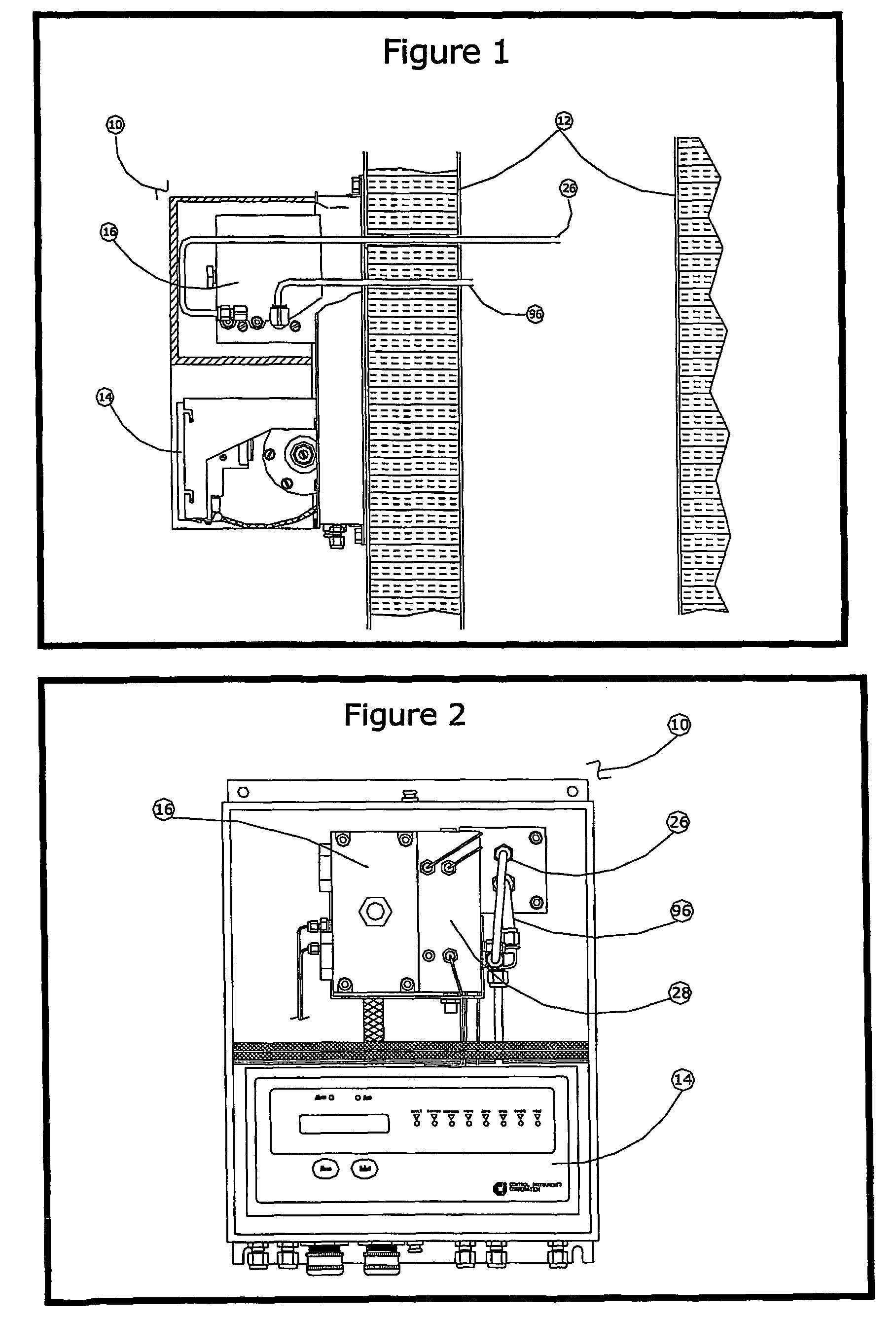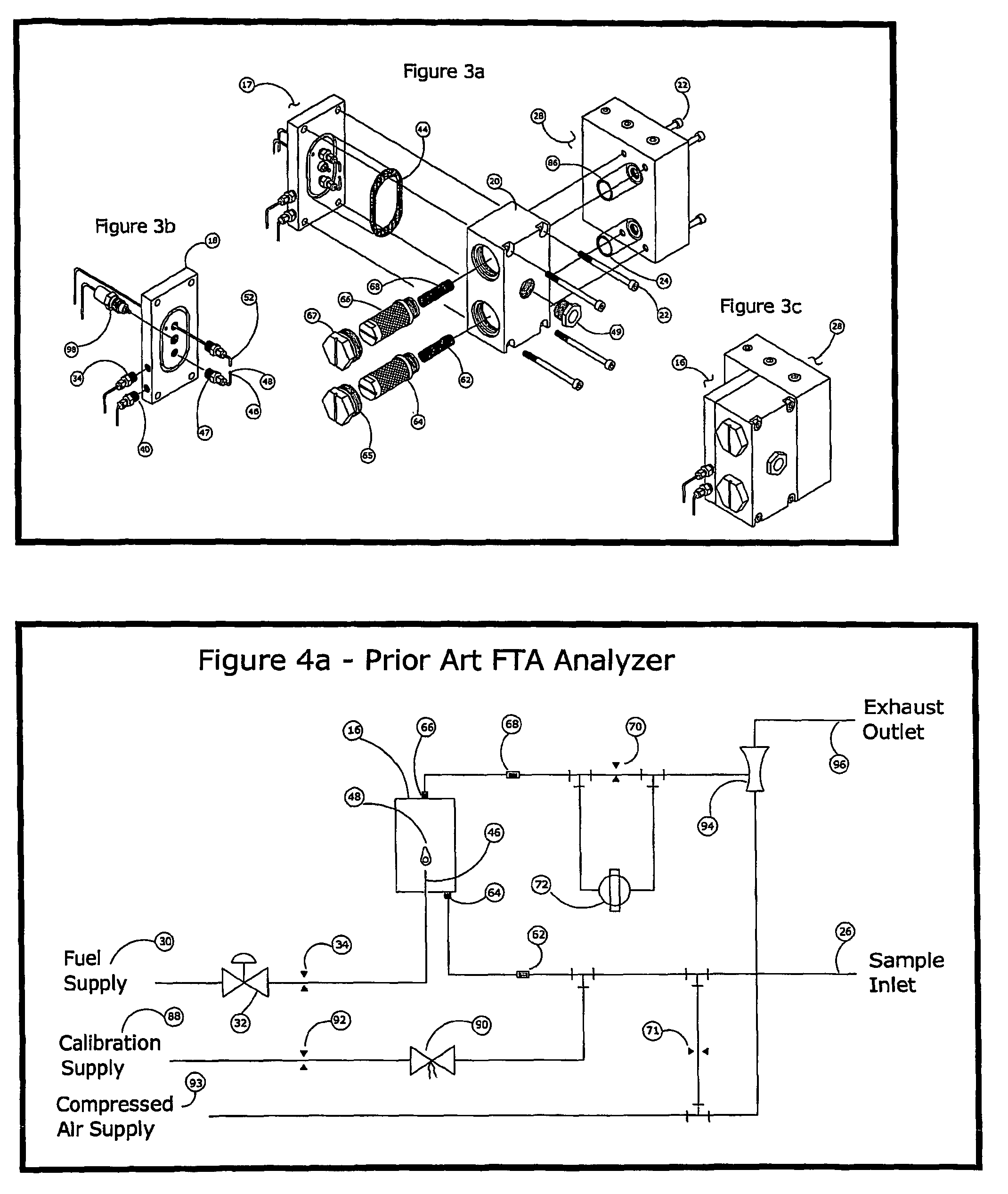It is not uncommon for a particular process with a long history of safe operation to experience an incident after a seemingly unrelated change in speed, formulation, or temperature causes an unintentional increase in the concentration of combustibles.
The types of combustible gases and their proportions, the oxygen concentration, water vapor content, and other gases in the process might be unpredictable, or may vary over a wide range.
The conditions during normal operation might be well defined, but under a potentially hazardous process upset, these conditions may be significantly different than what was originally anticipated.
For example, a kiln in which ceramics are fired have rarely experienced problems in the past, but now kilns may have more complex parts with greater surface areas, using shorter cycle times, and more volatile binders.
One of the few disadvantages of the FTA has been the effect that varying concentrations of oxygen in the sample can have on the zero temperature.
For example, a failure of flow to the analyzer, such as can occur from a clogged sample tube, will cause flameout from oxygen starvation and produce a significant negative deflection in the measurement circuit that is readily distinguished from valid measurements.
In this way, errors may cause exaggerated readings, but can never under-report the concentration of combustibles.
Because they both exceed the limit to accuracy, and also underreport the concentration of combustibles, errors more negative than −3% LFL are particularly undesirable.
However, air dilution by itself does not improve the oxygen effect.
Furthermore, the signal to noise ratio is unfavorably decreased, and the sample preparation apparatus introduces a new source of error.
Unintentional variations in the ratio of air to sample can cause significant errors in the measurement.
Due to the limitations given above, air dilution and support air techniques have been used only where absolutely necessary to prevent flameout, but so far have not led to a significant improvement in performance of the analyzer.
Until this time, there has been no satisfactory solution to the oxygen problem in a flame temperature analyzer.
However, an apparently similar problem has been solved in a related device, the flame ionization detector, or FID.
A FID that uses pure hydrogen fuel can have a large error, called an oxygen dependency or oxygen synergism, when the oxygen concentration in the sample changes.
However, experiments with hydrogen-nitrogen fuel have shown that the solution to the oxygen problem for the FID is not so useful for a FTA.
Hydrogen-nitrogen fuel reduces the FTA oxygen effect only partially, produces an “unsafe” error, and greatly increases fuel costs.
Overall, the hydrogen-nitrogen fuel is several times more expensive to use than pure hydrogen, and requires three times the rate of cylinder changes.
Hydrogen-nitrogen fuel also has the disadvantage of a negative deflection in reading from the oxygen effect.
The error produced by changes in oxygen concentration is therefore not failsafe, and so is more undesirable than other types of error.
As a consequence, the FID can not measure combustibles gases that produce no ions, such as hydrogen and carbon monoxide, but a FTA can.
It is not enough to fully support combustion of all the fuel—in fact, experiments have shown that too much air, and in particular a stoichiometric concentration, degrades performance.
Hydrogen-oxygen fuel, in addition to the same problem of cost as hydrogen-nitrogen fuel, has the added element of fuel safety concerns.
However, this mixture is not safe or legal to store in a compressed gas cylinder.
It could be produced by mixing, but would require the significant added expense of an additional oxidant supply system that would, for safety reasons, have to be separate from the hydrogen supply system.
Amirav does not disclose the effect that this fuel scheme has on the signal strength, or oxygen dependency, compared to a conventional FID.
It is likely that the Amirav device could still have a significant oxygen dependency if it is used to measure a sample having a varying concentration of oxygen.
If the Karas device is adapted for use with a sample in air with varying concentrations of oxygen, then the problem of oxygen dependency would arise.
It does not address oxygen effects, nor does it optimize performance, but rather keeps the flame lit so that the measuring process is not terminated by a flameout.
The presence of combustible gases in the sample would confound the oxygen measurement.
Although many prior art patents describe various aspects of the improvements of premixed flames for gas measurement, none concerns itself with the use of a diffusion flame for flammability measurements.
The premixed flame is useful for the measurement of total hydrocarbons by weight in a gas as in a FID, or for measurement of the heat of combustions as in a calorimeter, but it is not useful for the measurement of flammability.
This effect cannot be achieved in a premixed flame.
One limitation of the electrochemical oxygen sensor is that the operating temperature range is not high enough to monitor certain industrial processes without the use of an expensive and potentially error-prone conditioning apparatus.
One limitation of the zirconium oxide sensor is that its operating temperature is high enough to promote burning of combustible gases on the surface of the sensing element, thus lowering the measured oxygen concentration by the amount of oxygen consumed.
They can effectively measure the oxygen concentration in the industrial process, but they cannot make a measurement of the concentration of combustible gases.
 Login to View More
Login to View More 


